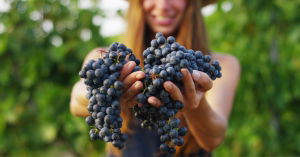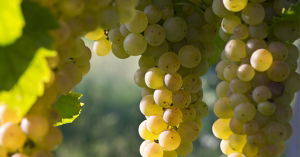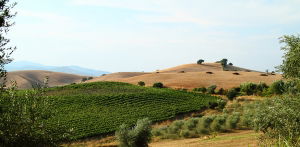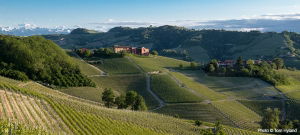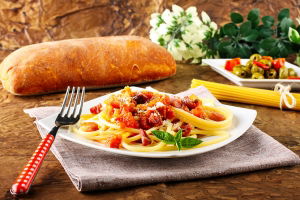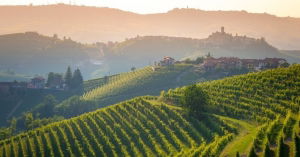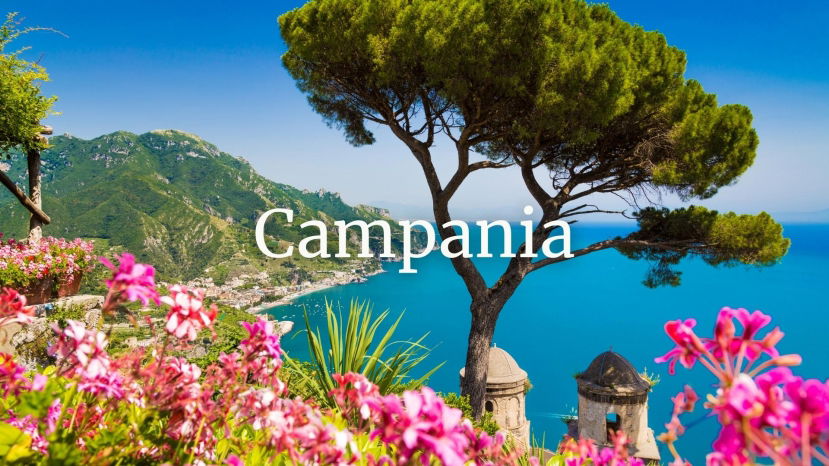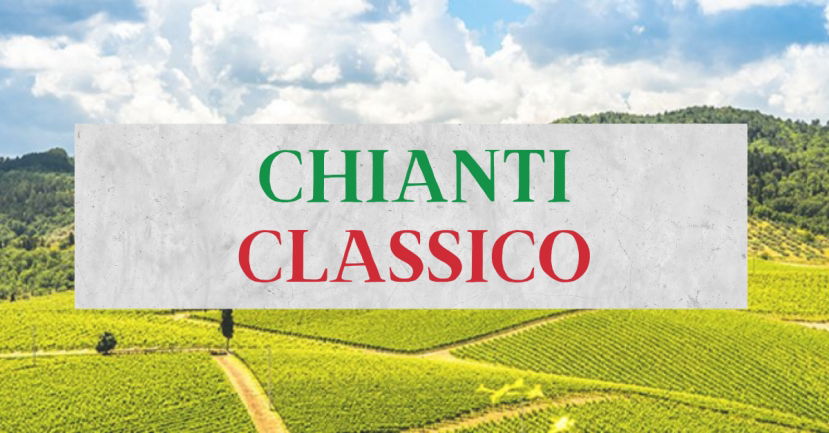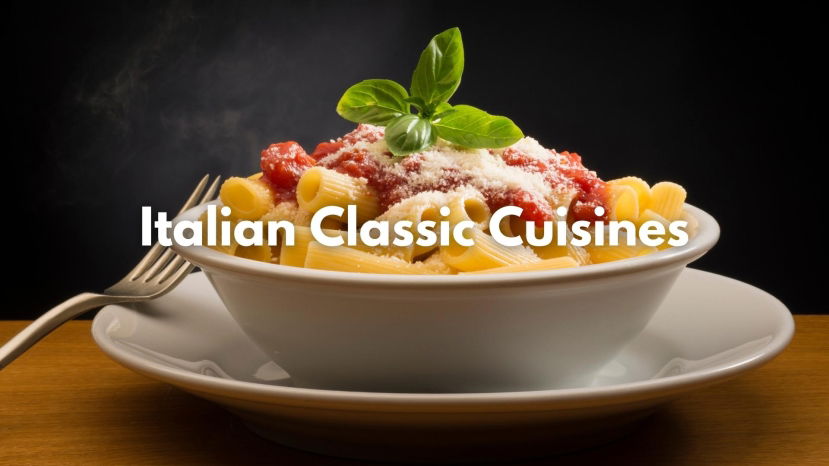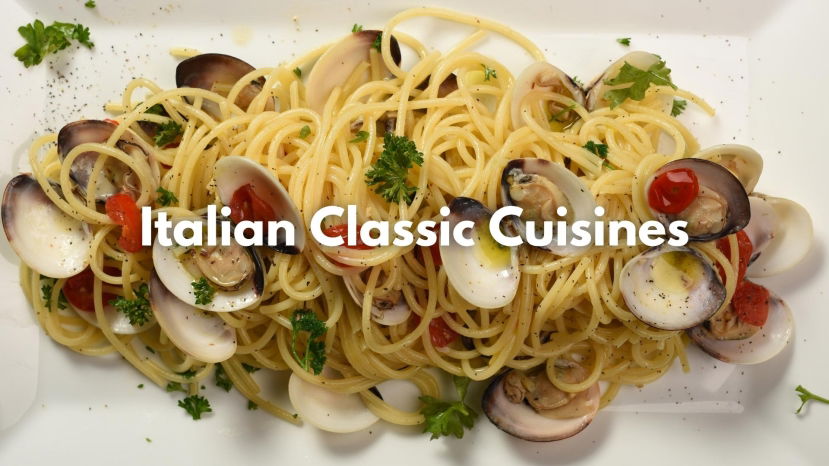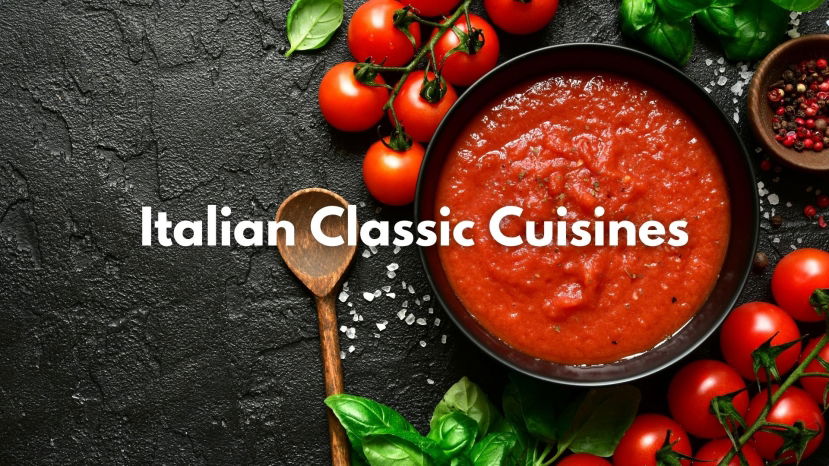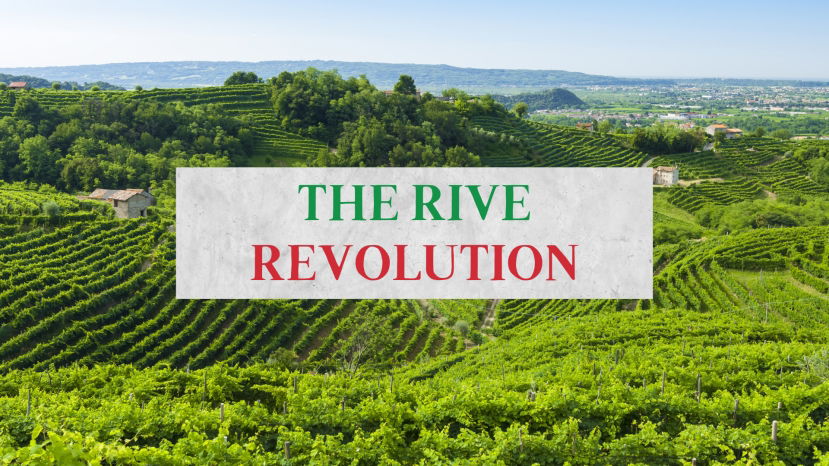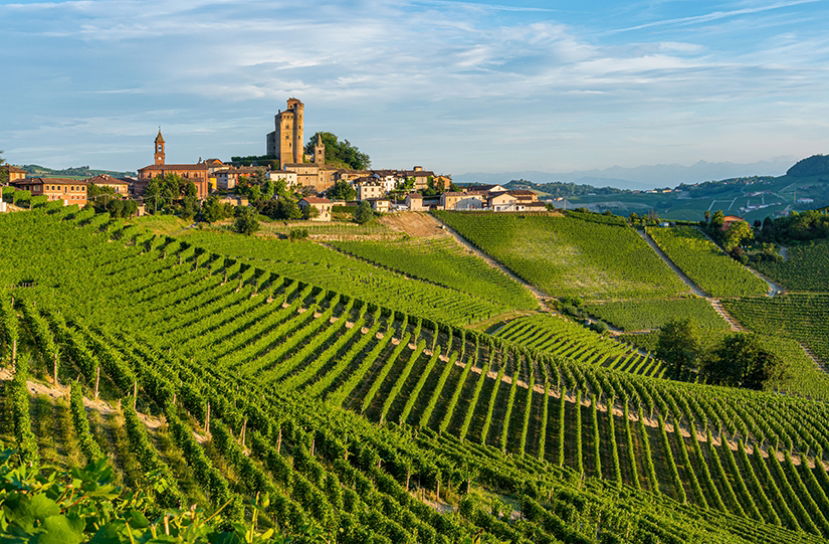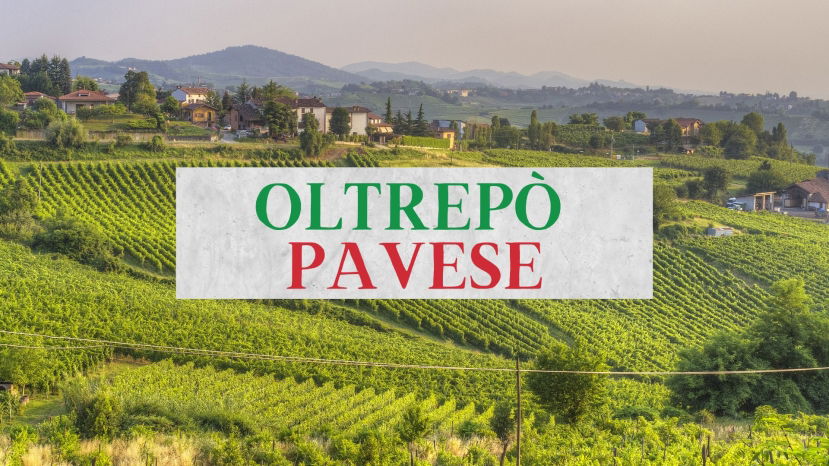BLOG
Italian Wine
The Italian wine world is full of wine-related terminology that many consumers struggle to understand. Learning the meaning of a few key terms can increase your confidence level and help you make informed decisions when selecting your next glass, or bottle, of vino. We have compiled a list of 25 common terms and phrases that we know will help you navigate the delicious world of vino Italiano!
Italy’s wealth of grape varieties presents wine connoisseurs with many tantalizing prospects, particularly on the red wine spectrum. While Sangiovese and Nebbiolo still reign supreme, numerous grape varieties have re-emerged from hiding in recent years to spellbind wine lovers around the world. In Italy, the story of how some of these grapes transitioned from obscurity to fashionably cool can be just as compelling as the wines themselves. In many cases, the wines from these grapes are shining in a way they never have before, thanks to more informed decisions in the vineyard and winery. Here are five up-and-coming Italian red grapes to pay attention to. While all of these grapes have been around for centuries, their resurgence has meant a quality revolution and increased interest from the international marketplace.
While Italian red wines still garner much of the attention, there are, without doubt, many outstanding white wines that deserve consideration. While white wines like Soave, Verdicchio dei Castelli di Jesi or Fiano di Avellino, are already well-known, there are also lesser-known — but rightfully trending — Italian white grape varieties that today produce exciting wines worth seeking out.
Any wine student or lover of Italian wines can name the country’s most famous red wines, such as Barolo, Brunello di Montalcino or Amarone della Valpolicella. But given the variety of Italian wines and grape types, it stands to reason that there are many more examples produced throughout the country. This article is the first in a series about a few of the lesser known red wines of Italy; we begin with Piemonte. While there are three famous red varieties in Piemonte – Nebbiolo, Barbera and Dolcetto – there are several others that produce very expressive wines.
Mention the red wines of Tuscany and immediately examples such as Brunello di Montalcino, Chianti Classico and Vino Nobile di Montepulciano come to mind. Produced primarily or exclusively from the Sangiovese grape variety, these celebrated red wines truly define this region’s viticultural excellence. Over the last three decades, the distinctive red wines of Bolgheri, crafted from Bordeaux grape varieties from vineyards along Tuscany’s coast, have also become icons of Tuscan wine. Yet there are other sublime red wines from this region that are notable yet lack the renown of the wines mentioned above. Carmignano, Morellino di Scansano and Montecucco are three other important red wines of Tuscany that reflect a sense of place and represent not only special quality, but impressive value as well.
Thanks to a string of successful vintages, there has been a great deal of recent publicity regarding Barolo and Barbaresco wines. Produced entirely from Nebbiolo, these two iconic wines have changed in style over the past 20-30 years; where once, the wines were reserved upon release, today, the wines are riper and more forward. This is largely due to climate change, as warmer temperatures throughout the growing season have necessitated Nebbiolo harvests some two to three weeks earlier these days than in the 1980s, ‘70s and prior; while late October to early November was normal for a Nebbiolo harvest thirty and forty years ago, today, harvest is more typically in early-mid October.
Summary: Barolo, produced exclusively from Nebbiolo, is one of the world’s most celebrated wines. Here in a production zone in southern Piedmont, a mixture of soils and other conditions combine to make wines that can truly be defined as products of terroir. Join us for an in-depth look at the finest vineyards and producers of Barolo, from the perfumed examples of La Morra and Verduno to
Recently, Barbara Philip MW hosted a virtual food and wine tour webinar for the Wine Scholar Guild. The cuisine of central Italy is as fascinating as it is delicious. This is where tomatoes and olive oil begin to replace the butter and cream of the north. Heavy, stuffed pastas give way to long pastas and are joined by more vegetables. The food of central Italy reflects the agricultural treasures provided by the warmer climate. Local grape varieties also enjoy their time in the sun, ripening to juicy perfection, creating wines that really reflect their surroundings.
Summary: Barbaresco is one of Italy's iconic reds, yet in Piemonte, while it tends to be treated with great respect, it rarely receives the attention it deserves, due to the fame of Barolo. In this webinar, we will explore this wine in detail, looking at the three communes that comprise the production zone, to the winemaking styles of the finest producers, that vary from ultra
Apart from the Côte d’Or in Burgundy, perhaps no other wine territory has been dissected in greater detail than the Barolo zone. This makes perfect sense, as these are arguably the two most ideal representations of the concept of terroir; just as Pinot Noir from one village in Burgundy reveals different flavors than that of another nearby hamlet, so too offerings of Barolo from various communes often display diverse characteristics, despite the fact that every wine here is made exclusively from Nebbiolo. There are 11 approved communes in the Barolo production zone. For this article, we will deal primarily with the five largest: La Morra, Serralunga d’Alba, Monforte d’Alba, Castiglione Falletto and Barolo itself. The remaining six are Cherasco, Diano d’Alba (interestingly, planted more to Dolcetto than Nebbiolo), Grinzane Cavour, Roddi, Verduno and Novello; these last two are home to two of the most in-demand vineyards in the entire zone: Monvigliero in Verduno and Ravera in Novello.
Summary: The most celebrated examples of Barolo are among the finest examples of terroir anywhere in the wine world. Thanks to soil formations from millions of years ago, along with climatic conditions, Barolos from various communes can often vary greatly in style. Yet beyond the terroir of site-specific, there is also a human terroir at work, as enologists employ different techniques in their cellars.
Summary: The region of Campania is one of Italy’s most glorious wine territories, yet the fame of these wines is generally not as well documented as examples from several other wine regions throughout the country. This is a shame, as Campania is certainly an important wine region, one where historical varieties, such as Greco, Fiano and Aglianico take center stage, while other varieties from the widely planted Falanghina to the lesser-known Pallagrello Bianco and
Summary: Chianti Classico: From Medici to Marvelous. Nestled in the hills of Tuscany with some of the most unique soils in the world with one of the greatest grapes in the world, Chianti Classico is a wine that conjures up the best (and worst) associations within the world of wine. Get the inside scoop! Join Jeffrey Porter, Beverage Director for the acclaimed Italian restaurant group Batali & Bastianich, as he guides you through the history and specificities of
Summary: Join Barbara Philip MW in another wine lover’s tour of Italian cuisine. This time the virtual voyage will take us through Tuscany, Umbria, Lazio and Abruzzo as we discover the classic regional ingredients and dishes. We will also have a chance to look at the famous wines that go with the food and why. Presenter: Barbara Philips MW
Summary: Join Barbara Philip MW on a wine lover’s tour of Northern Italian cuisine. Discover why food and wine that grew up together make such timeless matches and why the table is the center of Italian culture, regardless of the region. The focus will be on ingredients, rather than technique, and how the food is enjoyed both in restaurants and at home.
Summary: Join Barbara Philip MW on another tour of Italian cuisine. This time the webinar will visit the exciting regions of southern Italy as well as the islands of Sardinia and Sicily. We’ll discover local dishes and the diversity of regional wines that accompany them. Presenter: Barbara Philip MW
Summary: Sure, everyone knows Prosecco — or at least thinks they do. But most people are familiar with only the very tip of the iceberg, which also happens to be the simplest, most commercial part of it. In this webinar we’ll take a close look at the unique winegrowing area of Conegliano Valdobbiadene, located in the hills north of Venice where
Summary: In 2009 Prosecco was re-mapped in sweeping changes that created an extensive new zone for the production of Prosecco DOC on the plains of the Veneto and Friuli-Venezia Giulia and elevated the traditional hillside growing areas of Conegliano Valdobbiadene to DOCG status, Italy's top denomination. One of the innovations of the revised "Disciplinare di Produzione" ('production norms') of the DOCG was the categorization of the sub-zones called "Rive" which are
Wine professionals and consumers share a similar aspiration when they visit a wine region; they want to enjoy the area’s best dining experiences so they can pair their favorite local wines with the territory’s typical food offerings. While commonplace throughout Italy, this situation is nowhere more prominent than in Piedmont, especially in the region’s southern Langhe district. Lunch or dinner in the Barolo and Barbaresco production zones here is more than a simple pleasure; this is wine, and food pairing elevated to an art form.
Summary: Join us for a WSG Live on wines from Oltrepò Pavese, Lombardy’s largest viticultural area. The region sits on the border of three regions and is a center of excellence for Pinot Noir in Italy, for Sparkling wines, and indigenous varieties of note such as Croatina and Barbara. From sparkling to sweet, Oltrepò Pavese will surprise you! Presenter: Susannah Gold Susannah teaches Italian wine classes for the Italian Trade


